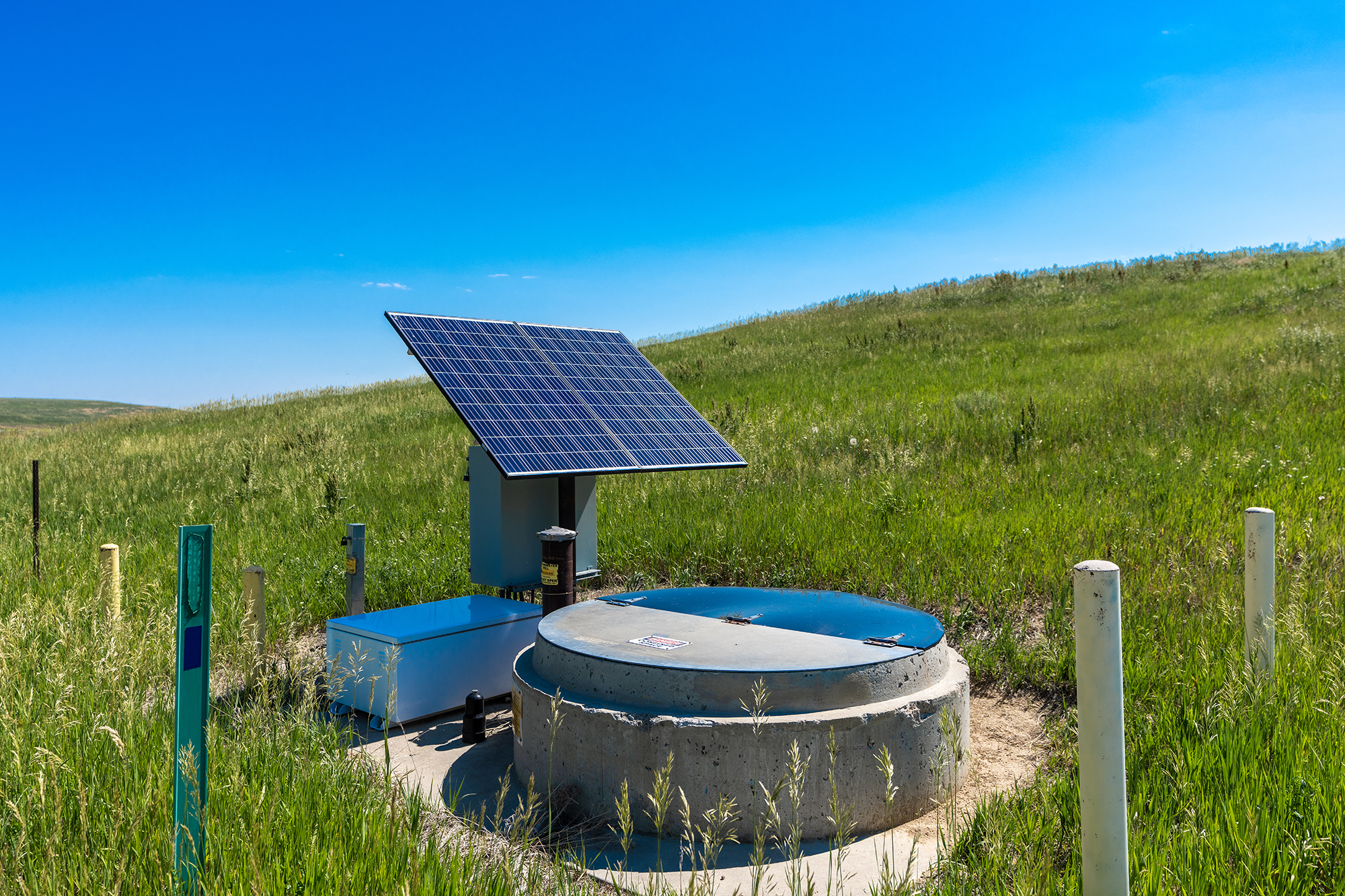The Lowry team is constantly looking for ways to protect the community and environment with the most-advanced technologies. The Water Treatment Plant and Gas-to-Energy Plant are just two examples.

Water Treatment Plant
A treatment plant onsite not only removes 1,4 dioxane but leaves a minimal environmental footprint by using a natural biological process.
The 1,4 dioxane and Tetrahydrofuran (known as THF and found in industrial solvents) – is put through a water pretreatment process and piped into an industrial container. Also, within the waste are naturally occurring bacteria (often called “bugs”.)
Oxygen and heat are added to the mix which then creates the perfect meal for the bugs, who ingest the 1,4 dioxane and THF. In fact, this process degrades an average of 97 percent of the chemical. The water is then discharged to a sanitary sewer system for additional treatment at the Metro and Aurora municipal wastewater treatment plants.
Gas to Energy Plant
Landfill gas—made up of methane, carbon dioxide, nitrogen, and other gases—is created naturally by the biological decomposition of organic matter in landfills under low-oxygen conditions.
The gas-to-energy plant at Lowry Landfill and the adjoining Denver Arapahoe Disposal Site removes roughly 5,000 tons of methane annually, which is the equivalent in greenhouse gas terms of removing 22,000 cars from the road each year.
The plant, the first one of its kind in Colorado, beneficially uses waste gas from both sites, providing electricity for about 3,000 homes.

